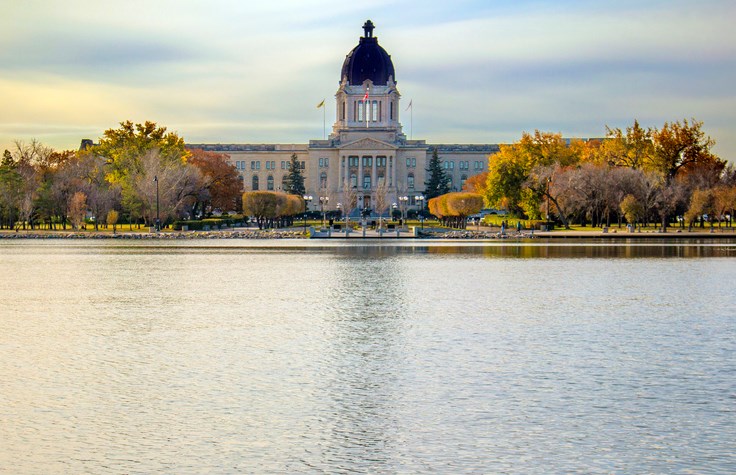The government of Saskatchewan needs to present a balanced budget in 2024.
No excuses. No exceptions. Balanced or bust.
The projected a $1 billion surplus for 2023-24. After the latest fiscal update, that projection now sits at a $250 million deficit.
The government originally planned to the debt by about $400 million to $18.1 billion according to the budget, but now its raising it to $18.9 billion.
Those number aren’t great, but they are not the worst either. Especially with our neighbours in staring down a $1.6 billion deficit, the highest that province has ever seen outside of the COVID mess.
But its still not all sunshine and roses in Saskatchewan. The government needs to take action to balance the budget now, so the government doesn’t find itself in Manitoba’s situation, or worse, Saskatchewan’s own situation 30 years ago.
Bankruptcy doesn’t happen overnight. As a character said, you go bankrupt in two ways “gradually, then suddenly.”
The province has already seen this effect before. In the 1990s, former Roy Romanow was forced to take drastic measures because of years of deficit spending by the provincial government that had increased government debt to the highest levels in the country.
The was in such dire straights that almost no one would lend it anymore money and it was in danger of defaulting on its debt interest payments, essentially, going bankrupt.
What came were spending cuts and tax hikes. Fifty-two hospitals were closed or converted and in the 1993 budget, the gas tax, provincial sales tax and business taxes were all hiked to deal with the situation.
says he still loses sleep over the decisions he had to make during that time.
That’s why the province needs to take action while the problem is still growing gradually, so Saskatchewan isn’t suddenly hit with financial disaster.
Because Saskatchewan is no doubt in the gradual phase.
In 2014-15, was about $5.9 billion or $5,300 per person (after adjusting for inflation). At the end of 2023-24, the debt is expected to be $18.9 billion or $15,500 per person. That’s a 220 per cent increase in debt in about 10 years.
Debt interest payments are the government needs to address. In 2014-15, the government was paying about $340 million inflation-adjusted in interest on the debt. This year its going to be $640 million. That’s $522 per person. What could you have done with $522 more in your pocket?
With interest rates remaining high, any new debt the government takes on is going to add more pain with even higher interest payments.
What happens if the price of oil or potash takes a dive? What if a drought hits next year’s harvest even harder?
These scenarios would mean horrors for the public purse. If the government can’t balance a budget during regular times, there is a snowball’s chance it can do it in a bad time.
Accumulating debt is a snowball effect. Every year the government adds to the debt, that means more money spent on interest payments and not on services. The government needs to stop it before it starts rolling down the hill and becomes Saskatchewan in 1993.
The government has the benefit of hindsight in the next budget, so it can’t sit on its hands and let the situation deteriorate further.
Finance Minister Donna Harpauer recently she will not be running in the next election. What better way to cement her legacy than to introduce a balanced budget as her last?
Come March, to safeguard the province’s future, the Saskatchewan budget needs to be balanced and the debt needs to go down.
Gage Haubrich is the Prairie Director for the Canadian Taxpayers Federation




